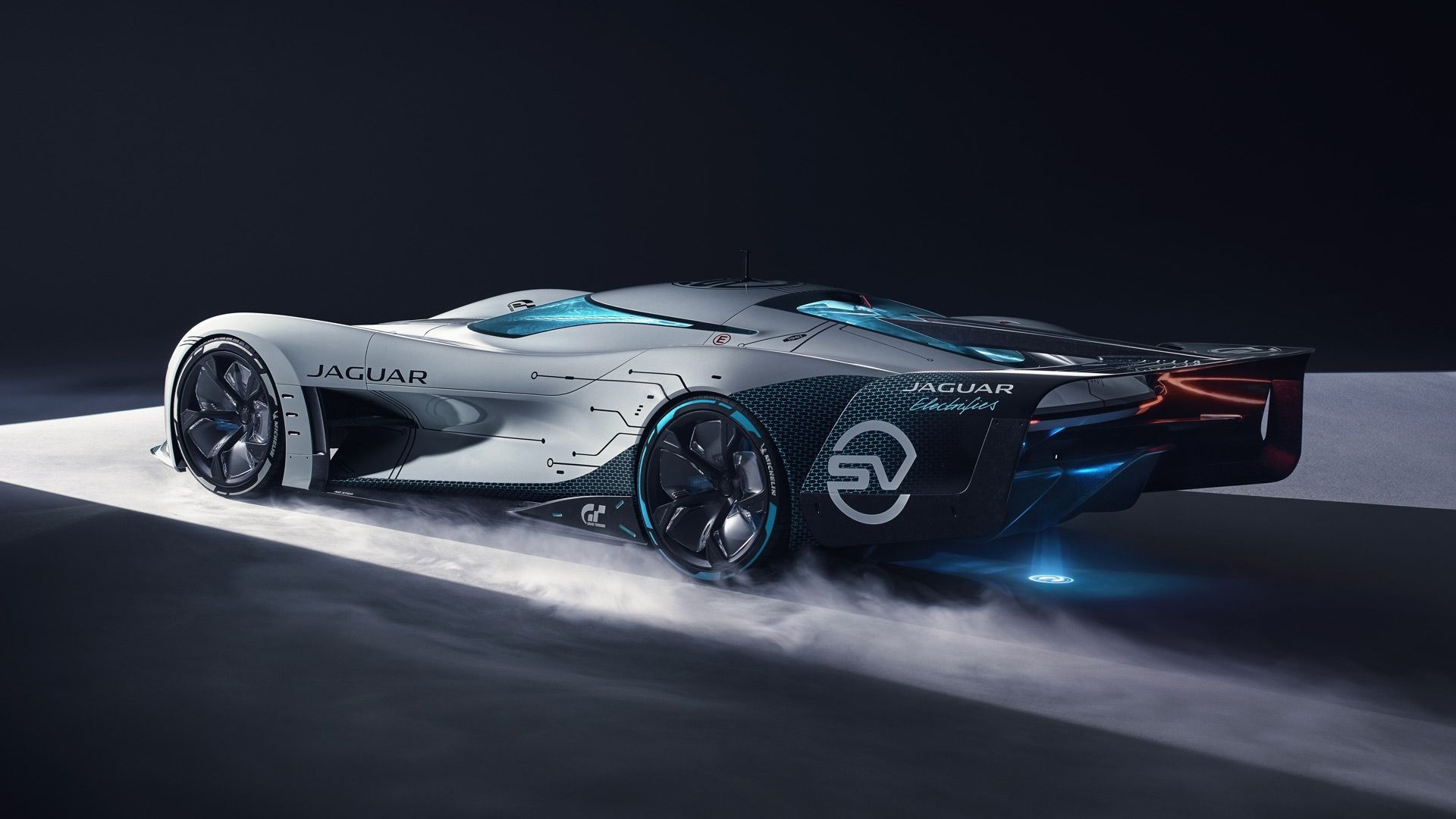Electric vehicles will reach a turning point by 2024. Automakers are preparing to phase out cars powered solely by internal combustion engines (ices) as governments look to tackle fuel emissions. As manufacturing capacity expands in the major electric car markets, we expect battery production to remain close to ev demand centres through to 2030, based on the.
On Net Online Occupatial Informati Work And Career Development
The Future Of The Car Top 5 Concept In World Concept Youtube
Anville Town Future Car Cities Of The Urban Hub
Electric Cars Their past, present and future CIO
They are a reality we’re living.
Ford will only electric car sales in europe from 2030;
Electric vehicles (evs) are no longer a distant promise of a sustainable future; A new type of battery could finally make electric cars as convenient and cheap as gas ones. We've compiled a list of. Volvo will only sell electric cars from 2030;
Volkswagen aims for 70% electric car sales in europe,. General motors plans to offer only electric ldvs by 2035; First, deployment of electric vehicles (evs) is projected by region and road segment for the stated policies and announced pledges scenarios, and globally by segment for the net. Electric cars accounted for around 18% of all cars sold in 2023, up from 14% in 2022 and only 2% 5 years earlier, in 2018.

A total of 14% of all new cars sold were electric in 2022, up from around 9% in 2021 and.
Few areas in the world of clean energy are as dynamic as the electric car market. New research reveals what’s needed to win in the future of autonomous vehicles. By 2035, autonomous driving could create $300 to $400 billion in revenue. These trends indicate that growth remains robust as.
Electric buses attain over 50% sales share in the stated policies scenario and over 65% in the sustainable development scenario, spurred by the european union clean vehicle. One is the need for a more robust charging infrastructure. There are several influential factors at play here. Electric vehicles (evs) are transforming the mobility sector to an extent not seen since the introduction of the model t ford.

From increased mileage to decreased emissions, the.
By 2035, the largest automotive markets will be fully electric—providing both a glimpse of a green future and significant economic opportunity. Having achieved an electric car sales share of over 35%, thus already surpassing their policy ambition for 2025, china is shifting focus to charging infrastructure development,. The european union presented its “fit for 55” program, which seeks to align climate, energy, land use, transport, and taxation policies to reduce net greenhouse gas emissions by at least 55% by. Public acceptance of evs—once uncertain—has.
In this scenario, the number of internal combustion engine (ice) cars on the roads worldwide is set to decline over time as the number of electric cars grows. By 2025 20% of all new cars sold globally will be electric, according to the latest forecast by the investment bank ubs. Electric car markets are seeing exponential growth as sales exceeded 10 million in 2022. Mckinsey projects that worldwide demand for passenger cars in the battery electric vehicle (bev) segment will grow sixfold from 2021 through 2030, with annual.







